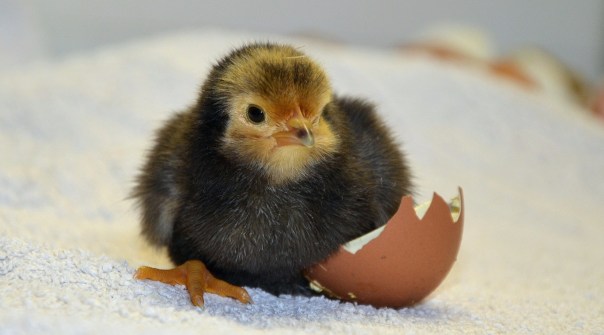The chicken/egg of breaking in a new pitcher

One of the toughest things in softball from both sides of the equation (player/parents and coach) is what it takes to break in a new pitcher. She can practice and prep any way she wants, but pitching in practice isn’t the same as pitching in a game.
For one thing, now every pitch counts – and the pressure of bad pitches builds. When a pitcher is in learning mode, she can throw a few bad pitches in order to get better without suffering any real consequences. In a game, of course, bad pitch one becomes ball one. Bad pitch two becomes ball two. And if that pitcher is still finding herself, the next pitch will likely have
less to do with the mechanics she’s been working on and more to do with getting a strike some way, some how.
After all, she may fear letting the team down, and not getting a chance to try again for a good, long while. Still, parents realize the only way she’s going to get better is to get innings in. Even if they’re rough ones.
On the other side, there’s the coach. He/she may want to give this pitcher an opportunity, especially if she’s been working hard to learn. But he/she has to balance that against the needs of the rest of the team. You don’t want to fall too far behind due to walks and wild pitches just to develop a pitcher. On the other hand, if he/she will need her in the future (or the coach thinks she has potential), it’s important to give her those game reps now. Even if it hurts.
Sometimes the best situation for that developing pitcher is for the coach to have no choice. If you only have one, or at least one who’s working at it, you have to go with what you’ve got. That means taking some lumps early-on and hoping that pitcher gets better quickly as a result. Of course, that may make the rest of the team unhappy, and in this day and age the coach may find a couple of the better players looking for another team to play on rather than suffering through the losses.
One thing coaches can do is start by giving that pitcher one inning, and staying with her no matter what – unless she has clearly had a mental breakdown (at which point it’s cruel to leave her in). Let her get that one good inning in, and then put in someone with more experience. Try to build up to two, then three innings and so on.
By the time she gets up to three good innings in a row you should be able to put her in a game with the intention of leaving her in for however long you normally leave pitchers in. If she gets into trouble you can still take her out, but now she has a solid foundation and an idea that you want her to go more.
The hard part, of course, is getting to that point. It can get ugly at times. But it’s kind of a chicken/egg thing. To develop she needs to pitch in games. But to pitch in games, she needs to develop. At some point you’re just going to have to decide to go for it.
I’ve known (and worked with) plenty of pitchers who started out rough but through determination, persistence and a lot of hard work went on to blow away the kids who were ahead of them initially. At some, point, though, someone believed in them enough to give them a shot. And then another one. And then another one. And along the way, they saw the improvement and encouraged those pitchers to keep going. At which point those coaches reaped some pretty big rewards.
What have you found as far as breaking in a new pitcher? Do you have any rules you set out or processes you follow? Do you start with practice games/friendlies, then move them into pool play? Let us know what’s worked for you in the comments below.
Posted on September 28, 2015, in Coaching, Pitching and tagged fastpitch softball, game experience, learning, lessons, pitching. Bookmark the permalink. 2 Comments.




Love the article as a dad my daughter just started her 2nd travel ball season playing 10u. She wanted to pitch since day 1 against my advice. Bringing a pitcher in slowly really worked for my daughter. She started the summer season as a maybe she could get some work in to the 2nd pitcher on team. Now in fall she is her teams number 1 pitcher. That also has to do with her never being happy with her performance and practicing her butt off something I didn’t think she would do.
LikeLike
Glad to hear the strategy worked, and that she had a coach willing to give her the opportunity to learn and grow at her own pace. Sounds like you have a great daughter there. Good luck to you both!
LikeLike